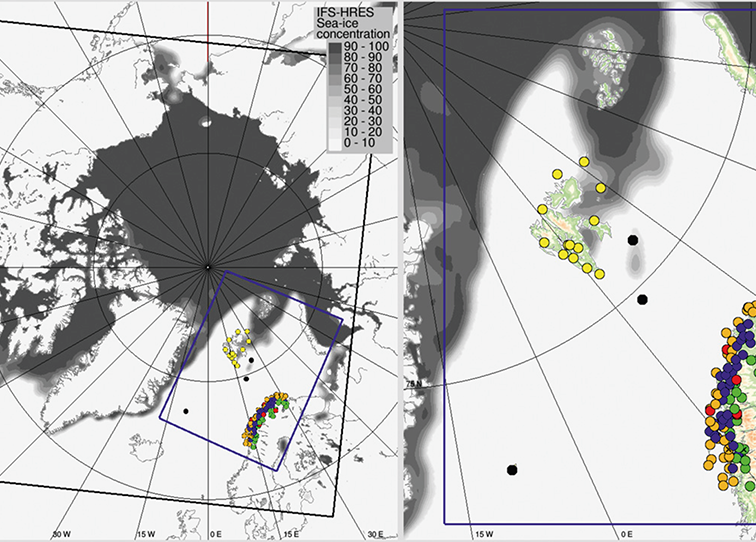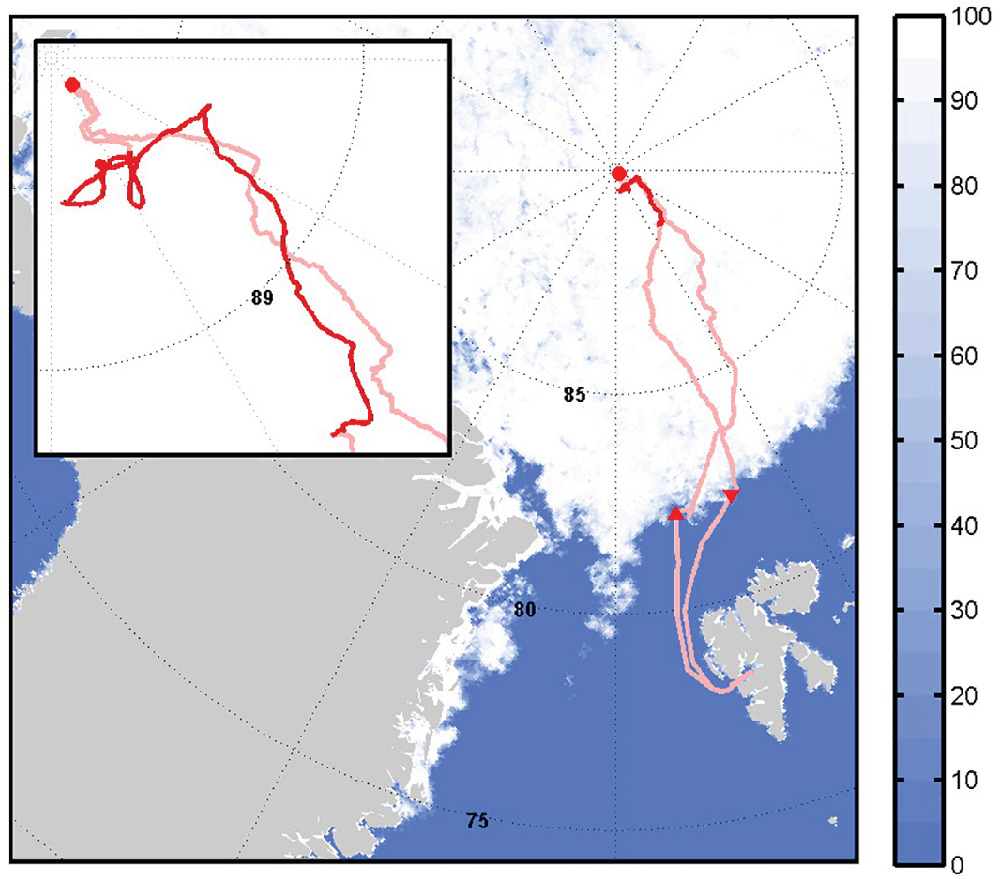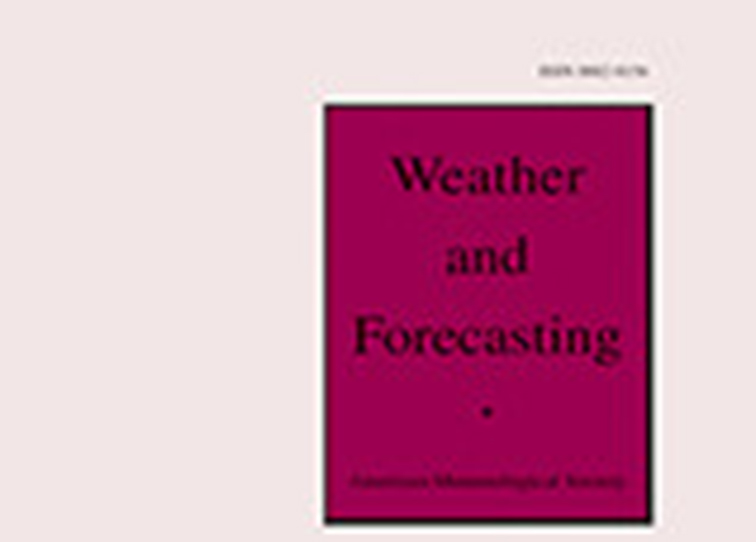
A NWP model inter-comparison of surface weather parameters in the European Arctic…
16. December 2020
Central Arctic weather forecasting: Confronting the ECMWF IFS with observations from the Arctic Ocean 2018 expedition
27. December 2020
Increased human activity in the Arctic calls for accurate and reliable weather predictions. This study presents an intercomparison of operational and/or high-resolution models in an attempt to establish a baseline for present-day Arctic short-range forecast capabilities for near-surface weather (pressure, wind speed, temperature, precipitation, and total cloud cover) during winter. One global model [the high-resolution version of the ECMWF Integrated Forecasting System (IFS-HRES)], and three high-resolution, limited-area models [Applications of Research to Operations at Mesoscale (AROME)-Arctic, Canadian Arctic Prediction System (CAPS), and AROME with Météo-France setup (MF-AROME)] are evaluated. As part of the model intercomparison, several aspects of the impact of observation errors and representativeness on the verification are discussed. The results show how the forecasts differ in their spatial details and how forecast accuracy varies with region, parameter, lead time, weather, and forecast system, and they confirm many findings from mid- or lower latitudes. While some weaknesses are unique or more pronounced in some of the systems, several common model deficiencies are found, such as forecasting temperature during cloud-free, calm weather; a cold bias in windy conditions; the distinction between freezing and melting conditions; underestimation of solid precipitation; less skillful wind speed forecasts over land than over ocean; and difficulties with small-scale spatial variability. The added value of high-resolution limited area models is most pronounced for wind speed and temperature in regions with complex terrain and coastlines. However, forecast errors grow faster in the high-resolution models. This study also shows that observation errors and representativeness can account for a substantial part of the difference between forecast and observations in standard verification.



